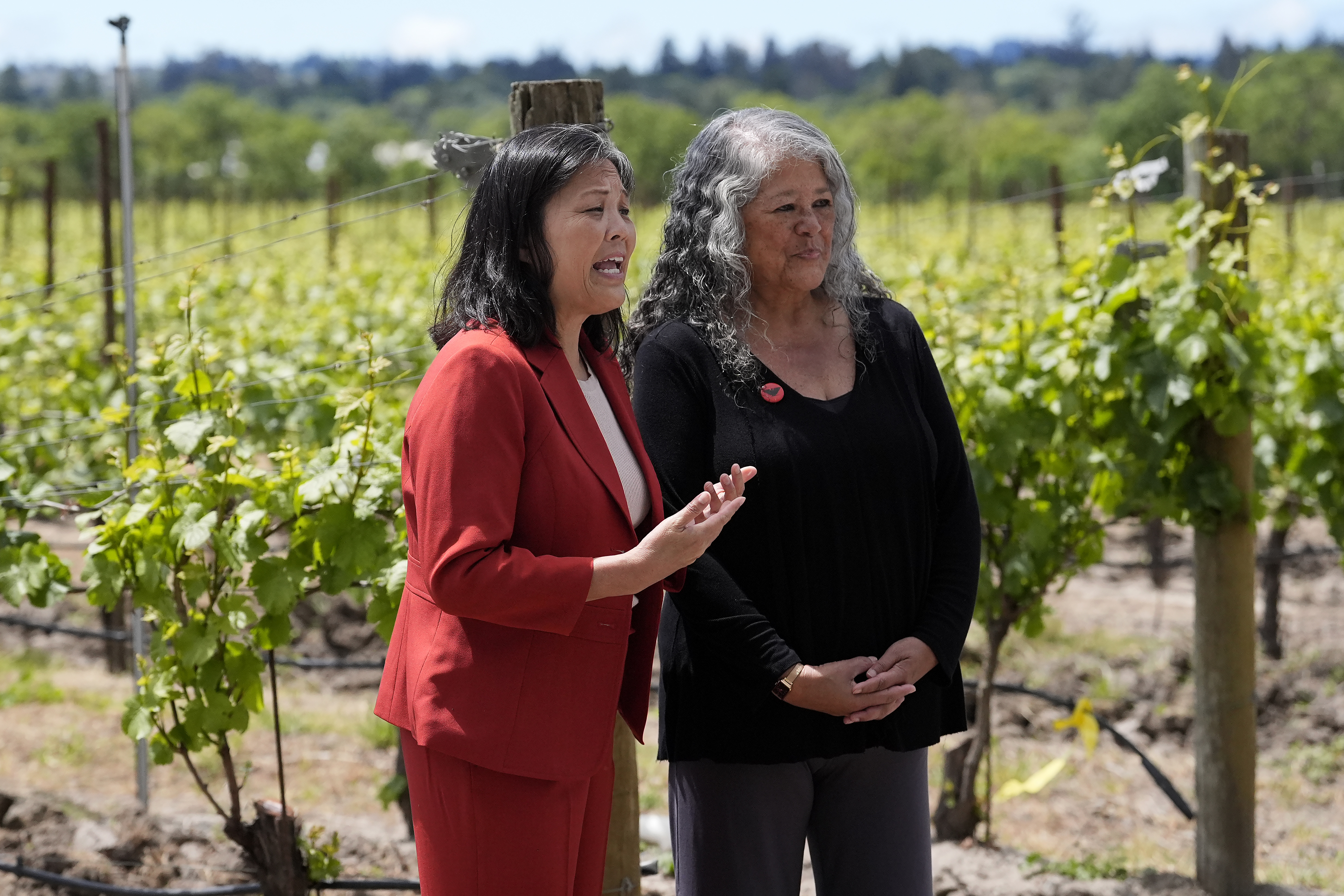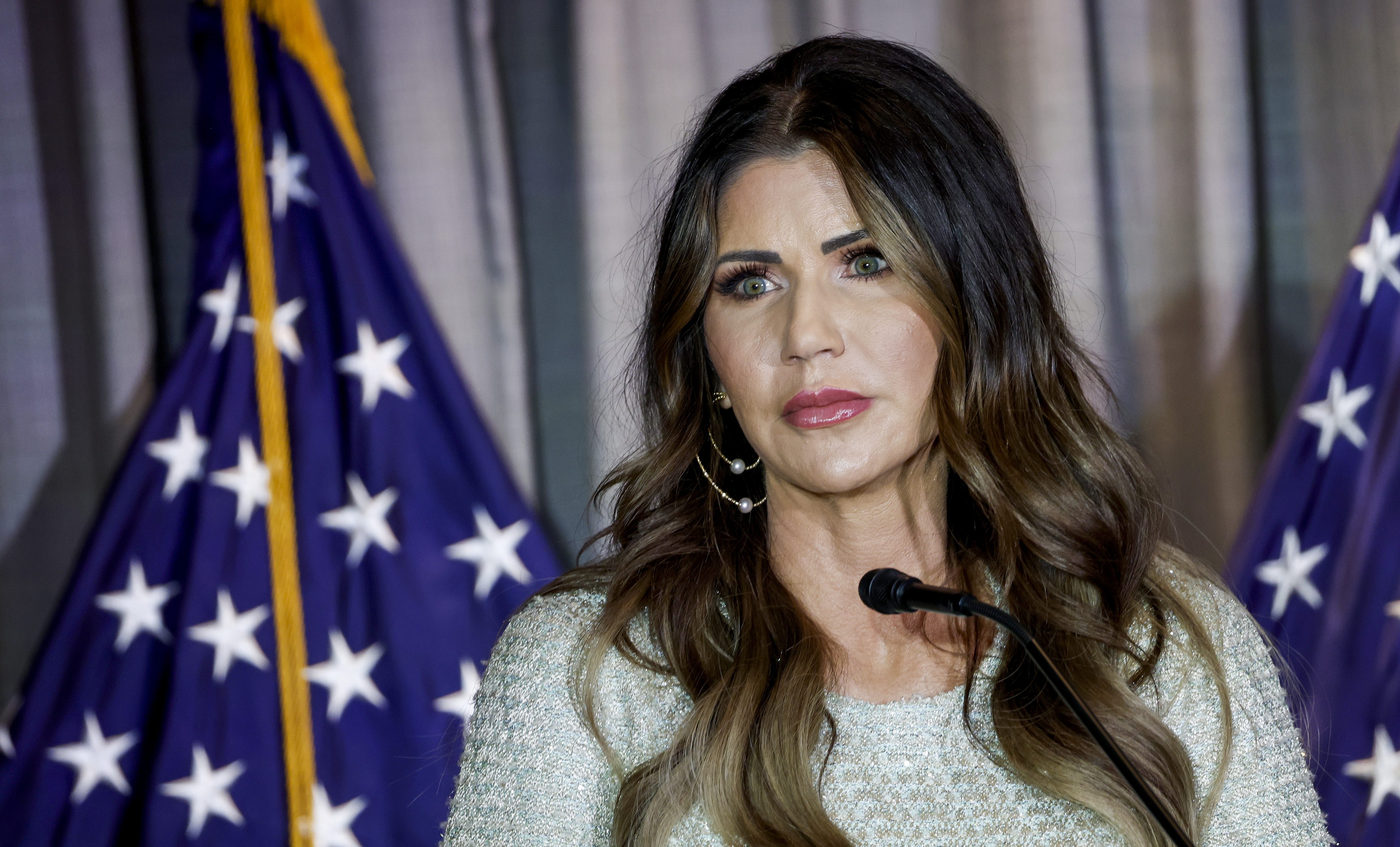HARTFORD, Connecticut, November 18, 2008 (ENS) - A former tobacco farm stretching across 450 acres of meadows on both sides of the Connecticut / Massachusetts border will be conserved as a two-state Wildlife Management Area, the governors of both states said today.
The Conservation Fund, a national organization dedicated to preserving land and protecting natural resources, facilitated the purchase, working with the two states and former property owner Swedish Match Co., the successor to Culbro Tobacco and General Cigar.
Connecticut Governor M. Jodi Rell and Massachusetts Governor Deval Patrick said the $4.4 million purchase mitigates the loss of grasslands elsewhere along the Connecticut River corridor.
"By reaching across state borders, we will be able to protect and restore this significant grasslands area and boost the Commonwealth's land protection efforts," said Governor Patrick.
"This is truly an historic day and demonstrates remarkable cooperation between states, private conservation groups and business," Governor Rell said.
"The types of lands suitable for grassland habitats are under tremendous development pressure, especially along the Connecticut River corridor," she said. "This purchase helps ensure that our states retain enough suitable land to continue attracting important migratory bird species, which are a part of the tremendous biodiversity that makes this region such a special place to live."
The new wildlife management area covers 254 acres in Southwick, Massachusetts, and 196 acres in Suffield, Connecticut.
U.S. & World
With the land deal complete, the states will begin enhancing habitat on the property for upland sandpipers, grasshopper sparrows, eastern meadowlarks, and savannah sparrows - all of which are expected to increase in number. Wetlands on the property already harbor a great blue heron rookery.
The Connecticut River Valley from the Hartford area north into Massachusetts includes grasslands that serve as a prime nesting and breeding grounds for more than 80 bird species.
Thirteen species are listed under the Connecticut Endangered Species Act, and of those, eight breed in the Connecticut River Valley.
In Massachusetts, the state's Endangered Species Act protects eight grassland bird species - five of which breed in the Connecticut River Valley.
As their grassland habitat has become attractive to residential and commercial developers, both states have made preservation a priority.
Both Connecticut and Massachusetts identified the need to protect grassland birds through their State Wildlife Action Plans.
In Massachusetts, the state Division of Fisheries and Wildlife spent six weeks this fall removing 27 miles of wire, 3,000 tobacco poles, and tobacco shade tenting from the Southwick land in order to restore the former tobacco fields to open meadows for wildlife. The Division also is moving to repair damage from illegal ATV use on the property and to curtail future illegal ATV trespass.
In Connecticut, similar efforts are underway on the Suffield portion of the property to address the remaining wire, poles, and shade netting, and to undertake removal of debris and demolition and removal of structures that are unsafe or no longer needed.
In addition, wildlife biologists have begun collecting information on the species that live on the habitat complex located east of the Congamond Lakes. As knowledge of wildlife use of the area increases, a management plan will be implemented to enhance the fields, woods and wetlands to benefit species from native bees to musk turtles to great blue herons to upland sandpipers and more.
"Audubon applauds the states of Connecticut and Massachusetts for this important conservation success," said Thomas Baptist, vice president and executive director of Audubon Connecticut.
"This site is among the most promising areas in southern New England to establish a viable nesting area for state-endangered birds such as upland sandpiper and grasshopper sparrow," he said.
"Grasslands are one of the top priority habitats recognized by both the Connecticut Audubon Society's 2006 Connecticut State of the Birds Report and the DEP's Connecticut Comprehensive Wildlife Conservation Strategy," said Milan Bull, senior director for science and conservation at Connecticut Audubon Society.
"This acquisition provides the most significant protection of important grassland habitat in our time," said Bull.
"Wildlife knows no state boundaries," said Larry Selzer, president and CEO of The Conservation Fund. "We thank Governor Rell and Governor Patrick for their strong support and for working together toward the common goal of restoring and protecting vital habitat for endangered grassland birds. Their cooperation serves as a model and inspiration for conservation across the country."
{Photo: An eastern meadowlark sings from a fencepost by Jim Fenton courtesy Massachustts Audubon Society)}
Copyright Environment News Service (ENS) 2008. All rights reserved.




